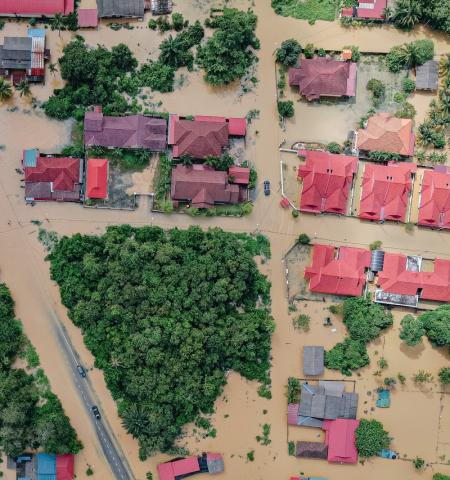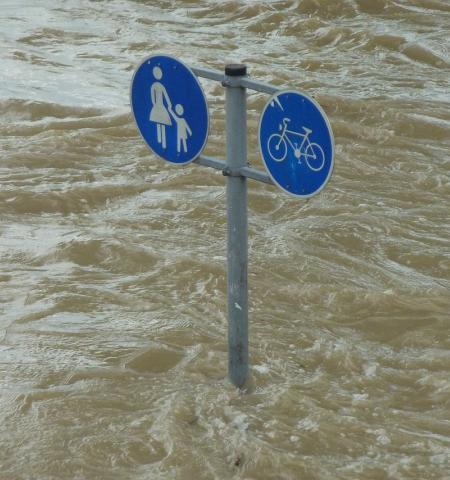Topics
Biodiversity is essential for human health and well-being, economic prosperity, food safety and security, and other critical areas necessary for the individual and collective thriving of all humans and all human societies.
Recognized by a growing coalition of political leaders, civil society, the business community, indigenous peoples and local communities, youth and other key stakeholders, we can all safeguard life on earth with dramatically increased and coordinated action. Let us all look back in 2050 noting that we saved life for future generations, plants and animals. Join the Action Agenda and become a champion of action.











DID YOU KNOW THAT ...
1 million species face the threat of extinction, more than at any other point in human history. Land use changes, climate change, pollution and invasive species are some of the drivers of biodiversity